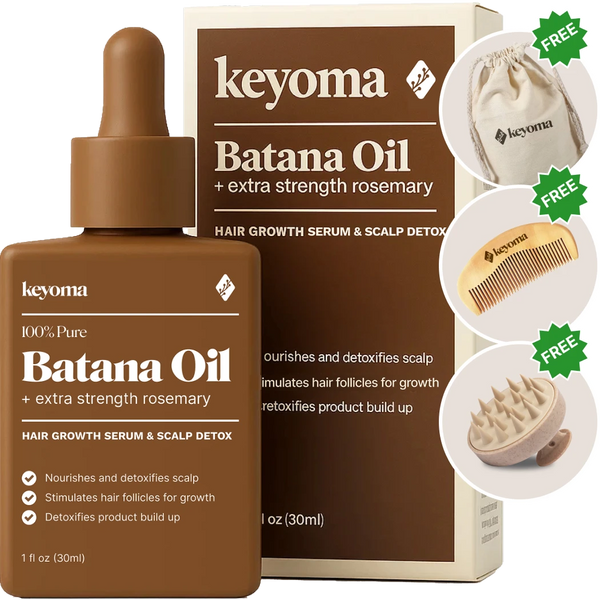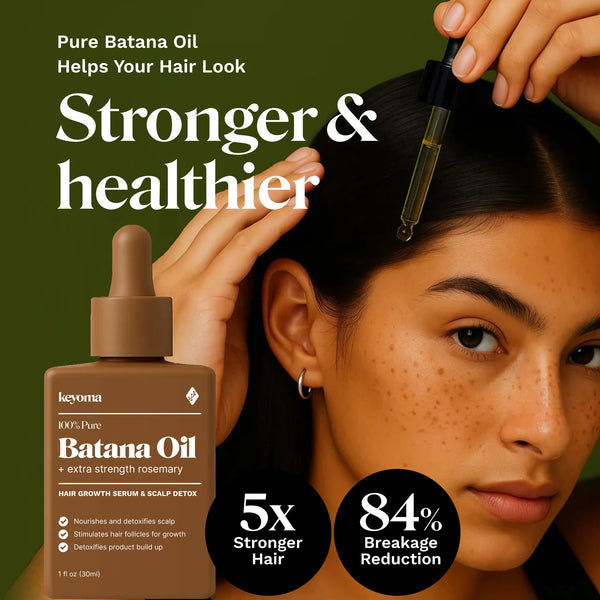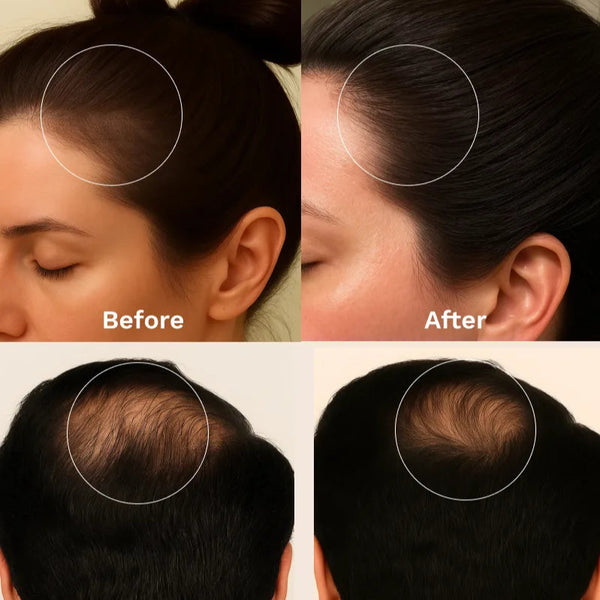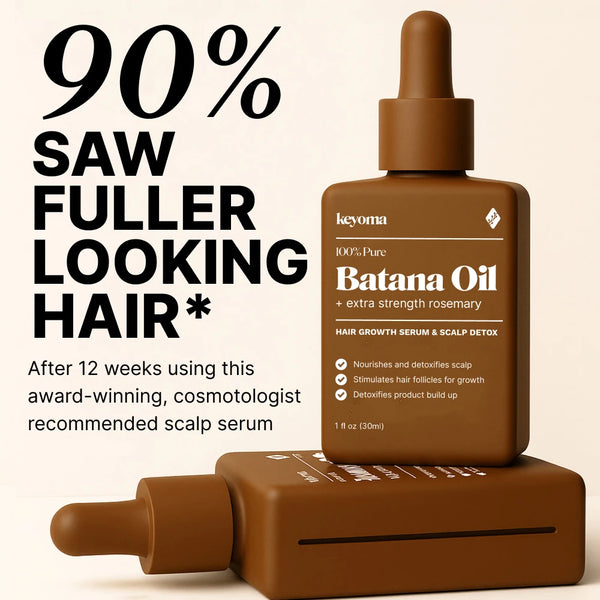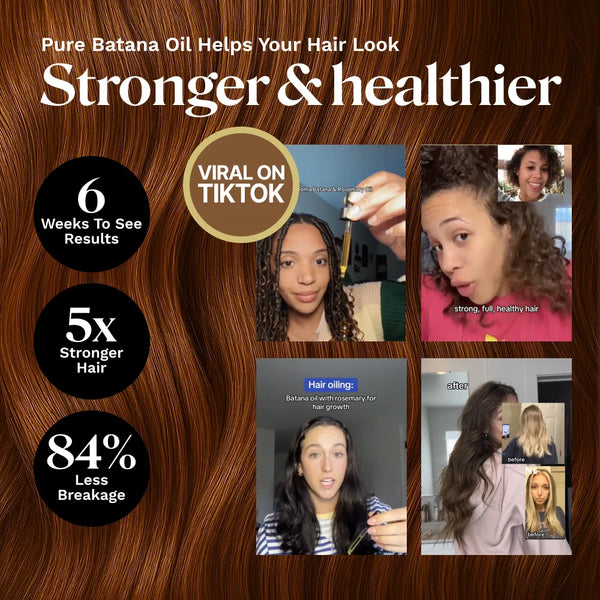In this article
Can seborrheic dermatitis lead to hair loss?
Seborrheic dermatitis is a long-term skin disorder that produces red, scaly, and oily patches, often with persistent itching. It frequently develops on the scalp, where it can also cause dandruff.
The condition occurs when sebaceous glands release excessive amounts of thick sebum, the oily substance that naturally moisturizes the skin. While experts have not identified an exact cause, they believe factors such as genetics and immune system irregularities may play a role.
Seborrheic dermatitis itself rarely causes hair loss. However, constant scratching can damage hair follicles, which may result in shedding.
Excess sebum can also encourage the rapid growth of malassezia, a yeast commonly present on human skin. When this yeast multiplies beyond normal levels, it can trigger inflammation that makes it more difficult for nearby hair to grow.
Keep reading to find out how to manage seborrheic dermatitis and whether hair loss linked to it can be reversed.
What Is Seborrheic Dermatitis?
Seborrheic dermatitis (pronounced seb-o-REE-ik dur-muh-TAI-tuhs) creates scaly, flaky, and itchy patches on the skin. It typically appears in areas with many oil glands, such as the face and scalp, and is considered a common skin condition.
On the scalp of teens and adults, it is often referred to as dandruff, while in infants it is known as cradle cap.
This condition lasts for life and may come and go, with periods of flare-ups. Although there is no permanent cure, both over-the-counter (OTC) and natural treatments can help control its symptoms.
Causes of Seborrheic Dermatitis and Hair Loss
Seborrheic dermatitis has no single confirmed cause, and it often appears in people who are otherwise healthy. However, certain factors can raise the likelihood of developing this long-term condition, including:
-
Weakened immune system
-
Use of certain medications
-
Ongoing stress
-
Family history of the condition
-
Other health issues such as psoriasis, HIV, acne, rosacea, Parkinson’s disease, depression, alcoholism, eating disorders, or recovery from a stroke or heart attack
Signs and Symptoms on Scalp and Hairline
Seborrheic dermatitis most often affects the scalp, eyebrows, forehead, folds around the nose and cheeks, ears, the front of the chest, the space between the shoulder blades, and skin folds (flexures).

In lighter skin tones, affected areas usually appear scaly with mild redness. In people with darker skin, the patches may be lighter or darker than the surrounding skin, sometimes without redness, and the scaling can take on a flower-like pattern. Dandruff is common and can range from mild to more severe.
In flexural areas such as the armpits or groin, scaling may be absent, and the skin can appear smooth and shiny. On exposed areas, scaling can be more noticeable and yellowish. The condition may or may not cause itching and can change in severity from day to day.
While it often affects one or two areas, it can sometimes be more widespread:
-
Scalp: May range from mild flaking (dandruff) to inflamed, scaly patches that can sometimes ooze.
-
Face: Commonly affects the skin along the sides of the nose and in facial folds. Depending on skin tone, these patches may be red, lighter, or darker than surrounding skin, and scaly. The inner part of the eyebrows can develop flaking, and in some cases, the eyelids and eyelashes may be involved, leading to blepharitis.
-
Ears: Can appear around the ears, in the ear canal (otitis externa), on the earlobes, or behind the ears.
-
Generalized: Rarely, seborrheic dermatitis can become severe and widespread, covering large areas of the body and requiring stronger treatment.
Learn how to treat your dandruff with batana oil
Common Types of Seborrheic Dermatitis
Seborrheic dermatitis can produce a rash that appears red, swollen, and oily, often with a white or yellow crust on the surface.

There are two main types of seborrheic dermatitis:
Cradle Cap in Infants
Cradle cap is a common form of seborrheic dermatitis in infants. It creates scaly patches on the scalp that can look greasy or crusty.
The condition is usually harmless and often clears on its own within a few months. Some infants may also develop seborrheic dermatitis in the diaper area, which is often mistaken for diaper rash.
In rare cases, it can spread across the baby’s entire body, leading to red, scaly patches and inflamed skin.
Whatever form it takes, seborrheic dermatitis in infants typically disappears for good before the age of one. Any topical treatment for children under 12 months should be used only after consulting a doctor.
Adult Seborrheic Dermatitis on Scalp
Adult SD is a condition that comes and goes throughout a person’s life. Seborrheic dermatitis often develops in areas with high sebum production, including the scalp, nasolabial folds, glabella, eyebrows, beard, ears, skin behind the ears, sternum, and other skin folds.
Common characteristics include:
-
Flare-ups in winter, with improvement in summer after sun exposure
-
Minimal itching in most cases
-
Mid-face skin that is both oily and dry
-
Poorly defined scaly patches or widespread scaling on the scalp
-
Blepharitis: red, scaly eyelid margins
-
Thin, salmon-pink scaly plaques in facial skin folds on both sides of the face
-
Petal-shaped or ring-like flaky patches along the hairline and on the front of the chest
-
Rash in the armpits, under the breasts, in groin folds, and in genital creases
-
Malassezia folliculitis: inflamed hair follicles on the cheeks and upper trunk
Natural Remedies for Seborrheic Dermatitis Hair Loss
Seborrheic dermatitis can develop due to various factors, which may vary based on your skin type and individual sensitivities.
Some natural supplements that might help manage seborrheic dermatitis include:
Batana Oil
Batana oil is derived from the nut of the American palm tree (Elaeis oleifera) and has been traditionally used in Central America for hair and scalp care. It contains essential fatty acids, antioxidants, and tocotrienols, which can help nourish the scalp, strengthen hair, and support the skin’s natural barrier.
These properties may benefit individuals with seborrheic dermatitis by reducing dryness, soothing irritation, and restoring moisture balance. Although large-scale clinical studies on batana oil for seborrheic dermatitis are lacking, many users report improved scalp hydration, less flaking, and healthier-looking hair with regular use.
Applying a small amount directly to the scalp can help hydrate dry patches, soften flakes, and improve overall comfort. As with any topical product, it is best to perform a patch test first to check for sensitivity.
Fish Oil
Fish oil supplements provide omega-3 polyunsaturated fatty acids (PUFAs), which can offer potential skin benefits. These fatty acids may help:
-
Limit dermatitis flare-ups by influencing the immune response in the epidermis (the outer layer of the skin)
-
Decrease skin dryness and flaking
-
Support and protect the skin’s barrier function
Most of the available evidence comes from animal studies and does not focus specifically on seborrheic dermatitis, so further research is needed to confirm their effectiveness for this condition.
Aloe Vera
Aloe vera is a plant known for its anti-inflammatory properties, which may help reduce inflammation and support wound healing.
A 2017 study on a gel containing aloe and other ingredients found that it improved seborrheic dermatitis on the faces of nearly half of 25 participants with mild to moderate symptoms. While more targeted research is needed, aloe has shown benefits for other skin conditions such as acne, lichen planus, psoriasis, and burns. These healing effects may also help manage seborrheic dermatitis.
However, using aloe as a supplement or applying it to the skin long term may carry some risks. It is also not recommended to take aloe supplements during pregnancy or while breastfeeding.
Probiotics
Probiotics are supplements that contain beneficial bacteria. Research suggests they may help support gut microbiome balance, digestive health, and skin condition.
A small 2024 study found that applying a probiotic with two bacterial strains in an oily suspension to the skin improved seborrheic dermatitis. While it did not change the skin’s bacterial microbiome, it influenced the gut microbiome and led to visible skin improvements.
A 2023 research review also indicated that topical probiotics may help various skin conditions, including scalp seborrheic dermatitis, by increasing skin microbiome diversity and lowering yeast levels. The review further noted that certain oral probiotic strains may offer benefits for managing seborrheic dermatitis.
How to Prevent Seborrheic Dermatitis on Scalp

Although the exact cause of seborrheic dermatitis remains unknown, several common triggers have been identified.
Stress is a frequent factor that can worsen flare-ups in many skin conditions, including seborrheic dermatitis. Paying attention to your personal triggers can help you manage symptoms more effectively.
Discover the connection between stress and hair loss
Identify and Avoid Your Scalp Triggers
Your flare-ups may be linked to an allergic reaction, so it can help to track any new or unusual changes in your environment when symptoms appear.
To reduce the risk of triggering a flare-up, avoid rough fabrics that can itch or irritate the skin, such as wool caps and sweaters. Choose softer materials like cotton or silk instead.
Self-Care Tips for Healthy Scalp and Hair
Caring for your skin can help ease symptoms and reduce the risk of seborrheic dermatitis returning. This may involve:
-
Washing affected areas often with a gentle shampoo or a cleanser without soap
-
Skipping hair styling products and makeup while a flare-up is active
Strengthen Immunity to Reduce Scalp Flare-Ups
A weak immune system can increase the severity of your symptoms. Support your health by maintaining a nutrient-rich diet that includes plenty of vitamins A, D, C, E, and zinc.
Start Treating Seborrheic Dermatitis Hair Loss with Keyoma
Seborrheic dermatitis can be frustrating to manage, especially when it starts affecting your scalp comfort and hair health. While there is no one-size-fits-all treatment, choosing the right natural remedies and practicing consistent scalp care can make a real difference.
Ingredients like batana oil, fish oil, aloe vera, and probiotics may help restore moisture balance, calm irritation, and support overall scalp health.
If you are looking for a nourishing, natural option, consider Keyoma 100% Batana Oil with Rosemary. This premium blend combines the scalp-hydrating benefits of pure batana oil with rosemary’s stimulating properties to help improve circulation and strengthen hair from root to tip.
With regular use, it can help keep your scalp hydrated, reduce visible flaking, and promote healthier-looking hair.
Take the first step toward a healthier scalp and stronger hair. Try Keyoma 100% Batana Oil with Rosemary today.
Featured Product
100% Pure Batana Oil + Rosemary
↓Best Batana Oil to Buy↓
1 Month
Subscribe & Save
- 30-day supply delivered monthly $35
- 30% off for life $6
- Free haircare essentials kit $33
- Free custom wooden comb $10
- Free scalp massager $15
- Free eco-friendly travel bag $8
- 30-Day Money Back Guarantee
- Free Shipping
- Online portal for easy cancel, skip, or pause.
1 Month One Time Purchase
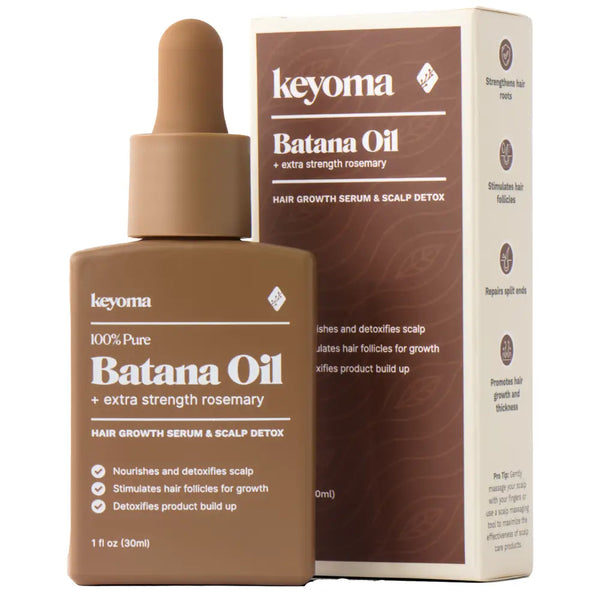
- 30-day supply $50
- 30% off for life $6
- Free haircare essentials kit $33
- Free custom wooden comb $10
- Free scalp massager $15
- Free eco-friendly travel bag $8
Your Cart
Your Cart is empty
Let's fix that
You might like...
Search our store



